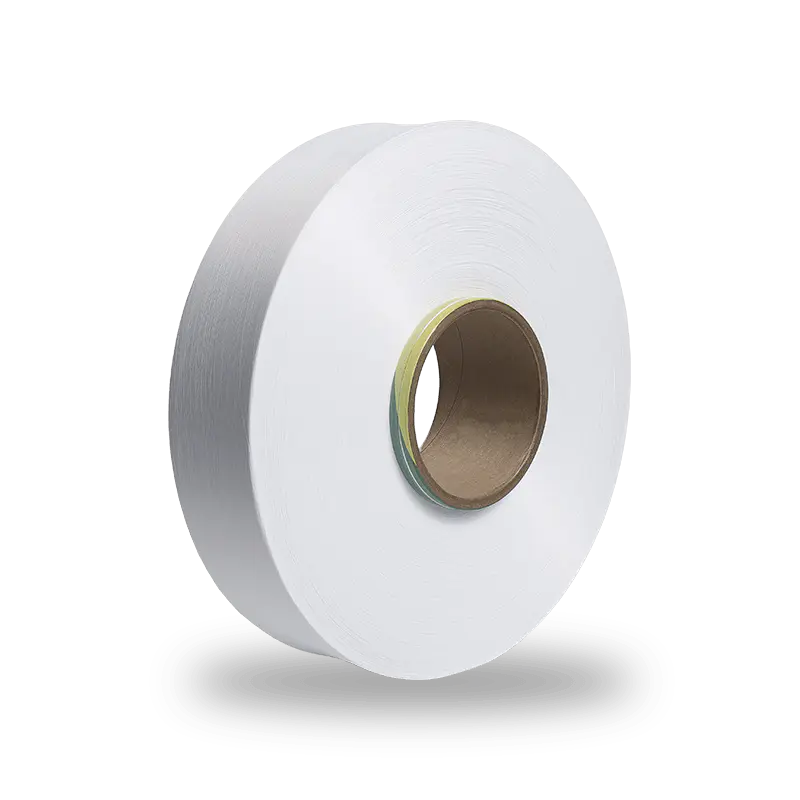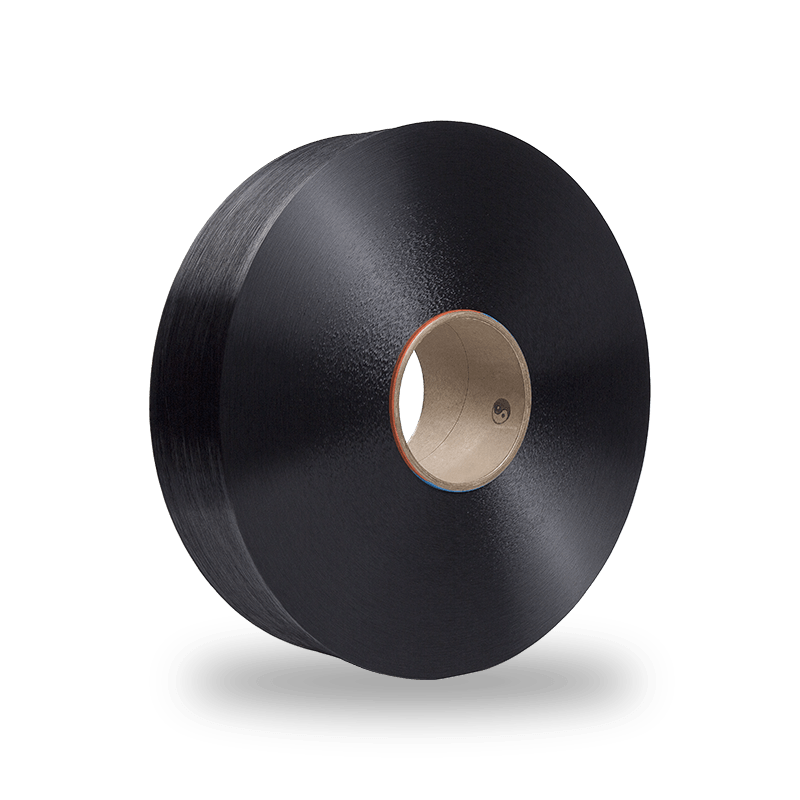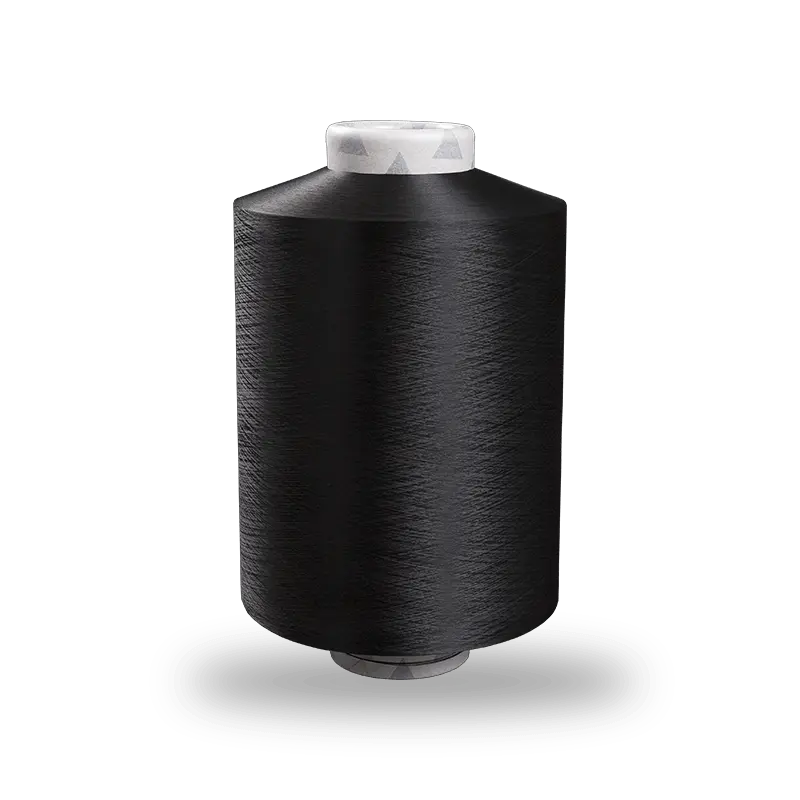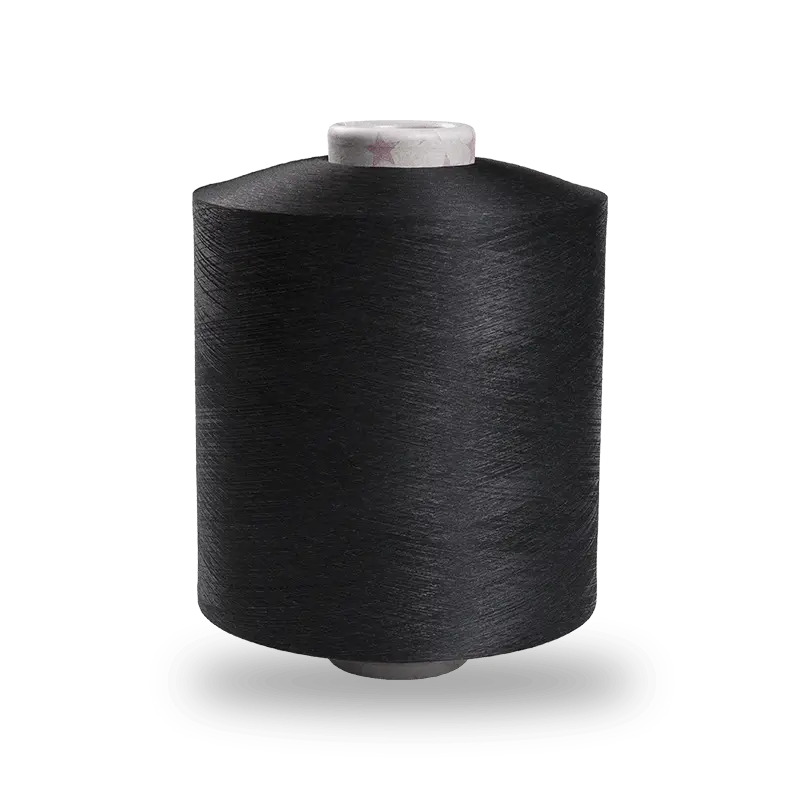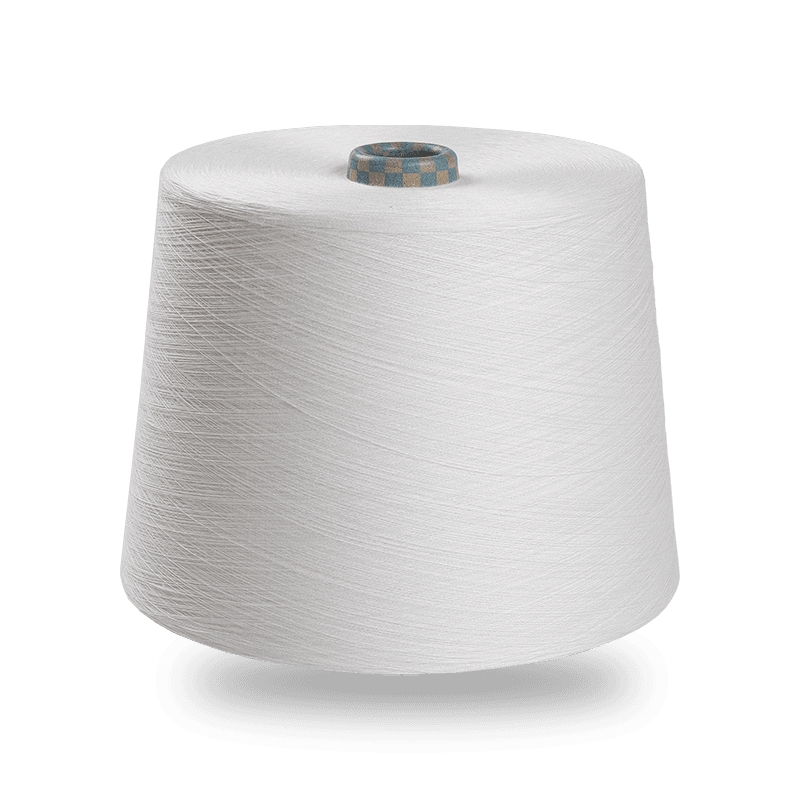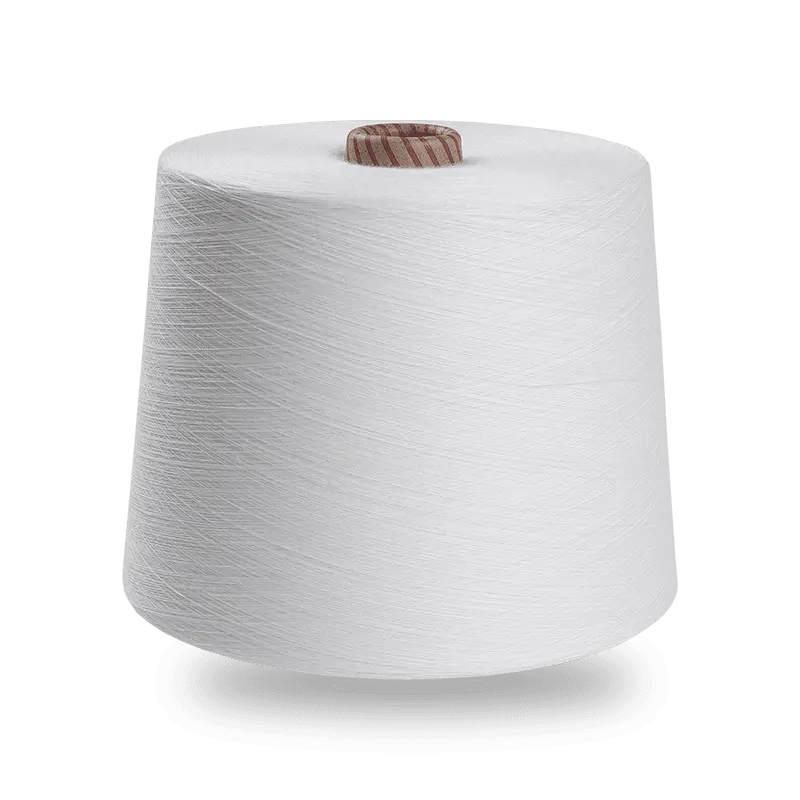Molecular backbone and repeat unit
Nylon 6 (polycaprolactam) is formed by ring-opening polymerization of ε-caprolactam to yield a linear polyamide whose repeat unit contains a single amide linkage (—NH—CO—) and a five-carbon aliphatic spacer. The backbone is flexible compared with nylons that have two carbonyls per repeat (e.g., Nylon 6,6), which affects chain conformation, folding, and crystalline packing. The amide group is the structural locus for strong intermolecular hydrogen bonds — the N—H acts as a donor and the C=O as an acceptor — and these bonds are the principal drivers of the polymer’s semi-crystalline morphology and mechanical strength.
Hydrogen bonding and chain conformation
Hydrogen bonding in Nylon 6 forms quasi-linear N—H···O=C interactions between neighboring chains. These interactions produce local ordering and stabilize folded chain conformations in crystalline lamellae. Because each repeat has one amide, hydrogen bonds create one-dimensional linkages along chain axes that encourage chain stacking and crystallite formation. The balance between intra- and inter-chain hydrogen bonding, chain mobility, and available free volume determines whether the material forms tight, well-packed lamellae (higher crystallinity) or more amorphous regions (lower crystallinity).
Crystalline forms and morphology
Nylon 6 exhibits multiple crystalline modifications depending on thermal history and mechanical processing. Typical morphologies include lamellar crystallites organized into spherulites in bulk-quenched samples and highly oriented fibrillar crystals in drawn fibers. The principal structural consequences of different crystal forms are changes in density, modulus, and dimensional stability. Crystalline lamellae are the load-bearing domains: their thickness, perfection, and orientation directly correlate with tensile strength and stiffness.
Spherulites and lamellae
When Nylon 6 is cooled from the melt under quiescent conditions, nucleation and radial growth produce spherulites composed of stacked lamellae separated by amorphous tie regions. Spherulite size and number depend on cooling rate and nucleation density; smaller, more numerous spherulites generally improve toughness by limiting crack propagation paths.
Oriented crystals in fibers
During melt spinning and drawing, chains align along the draw axis and crystalline domains become highly oriented. Drawing increases chain alignment, reduces amorphous tie-chain slack, and enhances hydrogen-bond registry between adjacent chains — all of which significantly improve tensile strength, modulus, and fatigue resistance.
How processing controls Nylon 6 structure
Processing parameters (polymerization conditions, melt temperature, cooling rate, drawing ratio, and annealing) determine the molecular weight distribution, nucleation behavior, and final degree of crystallinity. Practical control strategies are:
- Increase molecular weight moderately to improve entanglement and strength, but avoid excessive length that hinders crystallization and processing.
- Use rapid quenching from the melt to favor smaller spherulites and higher amorphous content for improved toughness and impact resistance.
- Apply controlled drawing (stretching) to orient chains, increase crystallite perfection, and raise modulus and tensile strength.
- Anneal at a temperature below the melting range to permit recrystallization and growth of thicker lamellae, improving dimensional stability and heat resistance.
Characterization methods and what they reveal
Selecting the right combination of analytical techniques provides a comprehensive picture of Nylon 6 structure from molecular to mesoscale:
- Differential Scanning Calorimetry (DSC) — measures glass transition, cold crystallization, and melting behavior; used to estimate percent crystallinity and to detect polymorphic transitions.
- X-Ray Diffraction (XRD) — identifies crystalline phases, lattice spacing, and degree of orientation in fibers; peak widths offer crystallite size information.
- Fourier Transform Infrared Spectroscopy (FTIR) — probes hydrogen-bonding environments via amide I and II band shapes and positions, enabling semi-quantitative assessment of bonding strength.
- Scanning Electron Microscopy (SEM) / TEM — visualize spherulitic structure, fracture surfaces, and lamellar thickness when combined with microtomy or etching.
Practical table: structural features vs. expected property outcomes
| Structural feature | What to measure | Property impact |
| High degree of chain orientation | XRD orientation factor; birefringence | ↑ Tensile strength, ↑ Modulus, ↓ Elongation at break |
| Large, well-ordered lamellae | DSC melting peak sharpness; XRD peak sharpness | ↑ Heat deflection temperature, ↑ Creep resistance |
| High amorphous fraction | DSC: larger glass transition step; lower melting enthalpy | ↑ Impact toughness, ↑ Damping, ↓ Stiffness |
Modifiers and blends: structural consequences
Additives and copolymers alter chain interactions and morphology. Common approaches include nucleating agents to increase crystallization rate and produce finer spherulites, plasticizers to increase amorphous mobility, and reinforcement (glass or carbon fibers) to add load-bearing pathways. Each modifier changes the balance of crystallinity, hydrogen-bonding patterns, and interfacial behavior — therefore thorough structural characterization after compounding is essential.
Design checklist for engineers working with Nylon 6
- Define target properties (toughness vs stiffness vs thermal stability) and choose processing route (injection molding, extrusion, fiber spinning) that will create the appropriate crystalline morphology.
- Control molecular weight and end-group chemistry during polymerization to tune crystallization kinetics and melt viscosity.
- Use controlled cooling and nucleation strategies to engineer spherulite size and distribution for improved fracture properties.
- Apply post-processing (drawing, annealing) where necessary to achieve higher orientation or recrystallized lamellae for dimensional and thermal performance.
- Verify structure–property links with DSC, XRD, FTIR, and microscopy as part of production validation and failure analysis.
Concluding practical notes
Understanding Nylon 6 structure means linking chemistry (amide repeat), supramolecular interactions (hydrogen bonding), and processing-induced morphology (crystallites, spherulites, orientation). For engineers and material scientists the most actionable approach is: (1) identify the critical property to optimize, (2) select processing and formulation levers that change crystallinity and orientation in the desired direction, and (3) validate with complementary characterization techniques. Small changes in cooling rate, nucleation, or draw ratio often produce outsized changes in performance because they alter how hydrogen bonds and chains pack at the nanoscale.


 English
English 中文简体
中文简体 Español
Español عربى
عربى
